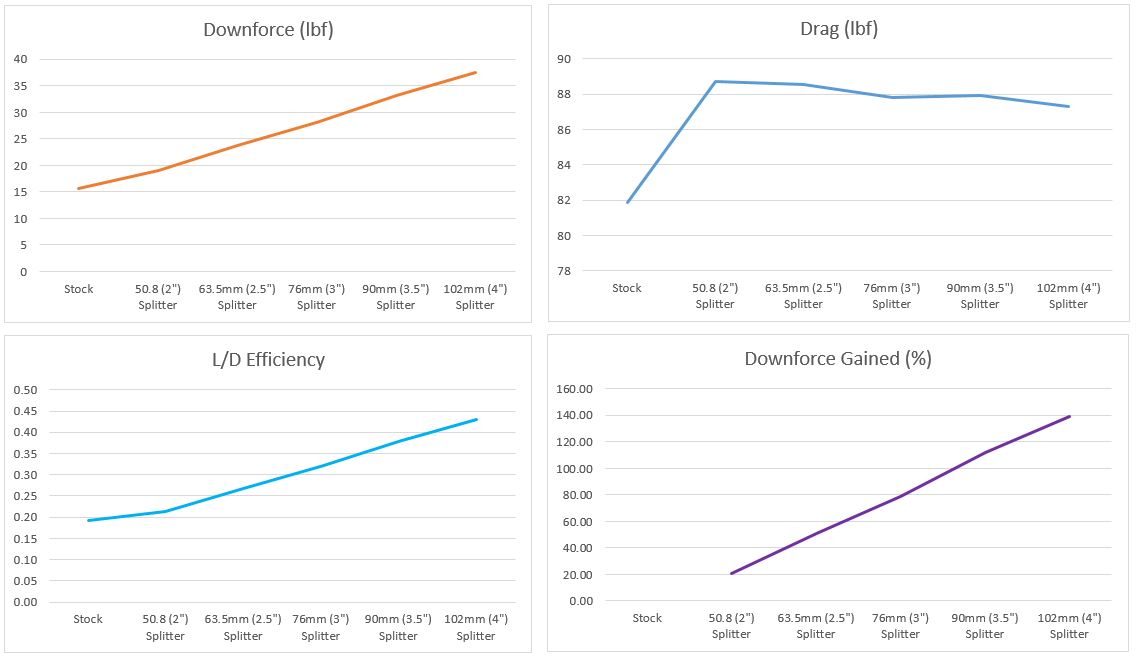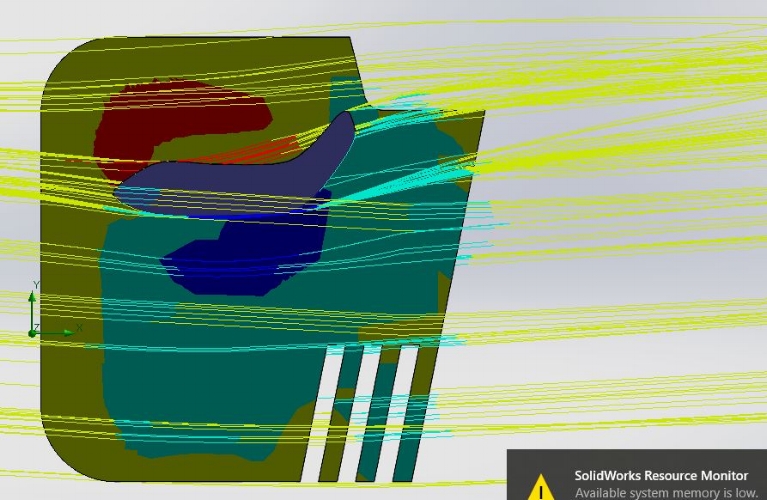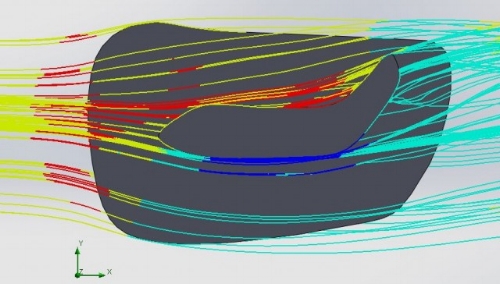First and foremost I’d like to apologize for the lack of updates. I’ve had a few people ask for news on the 917 car and the shop. Don’t worry, they’re not going anywhere, sort of. Turns out I am moving from Orlando, FL to Detroit, MI. That’s right, motor city! Thanks to this site and all of my great friends/supporters/customers I was offered a position at Pratt&Miller as an Aero Engineer for their Corvette racing program. It is well and truly my dream job that I’ve wanted since I was a young teen. Therefore, orders for the next 1-2 weeks will be slightly delayed, but I definitely try and get them out ASAP. I want you guys ready for the 2019 season!
I’ve already learned a ton from my short time there and I can’t wait to be able to incorporate that knowledge on the 917 S2000 and offer even cooler parts for our cars. I already have some under splitter diffusers in the works. Since I installed the 9lives racing wing I have been lacking some front end grip. I could dial out some front sway bar, but my goal is to keep adding front grip to neutralize the car. Front dive planes and more will be added to the front splitter diffusers. I can’t wait to be able to share these products with you all! Give me a few weeks to get settled and I’ll be able to publish my results. I even got a better rig now, so the complexity will get much more serious!
I would also like to wish everyone a Merry Christmas, Happy Hanukkah, Kwanzaa, whatever! Take this time to really enjoy spending time with your family and friends. My move has definitely put a lot of things in perspective for me and really appreciate the people around me. As independent as I am, I wouldn’t be who or where I am today without them. It sounds cheesy, but customer support really does make a difference to small business owners like myself. There is nothing cooler than showing up to an event and seeing someone sporting my stickers or rocking my products. It is a truly humbling experience and I would like to thank you all for everything.
Make 2019 even faster!
Hand drawn version of my car from CarSplashART. Great prices and great results!













































































